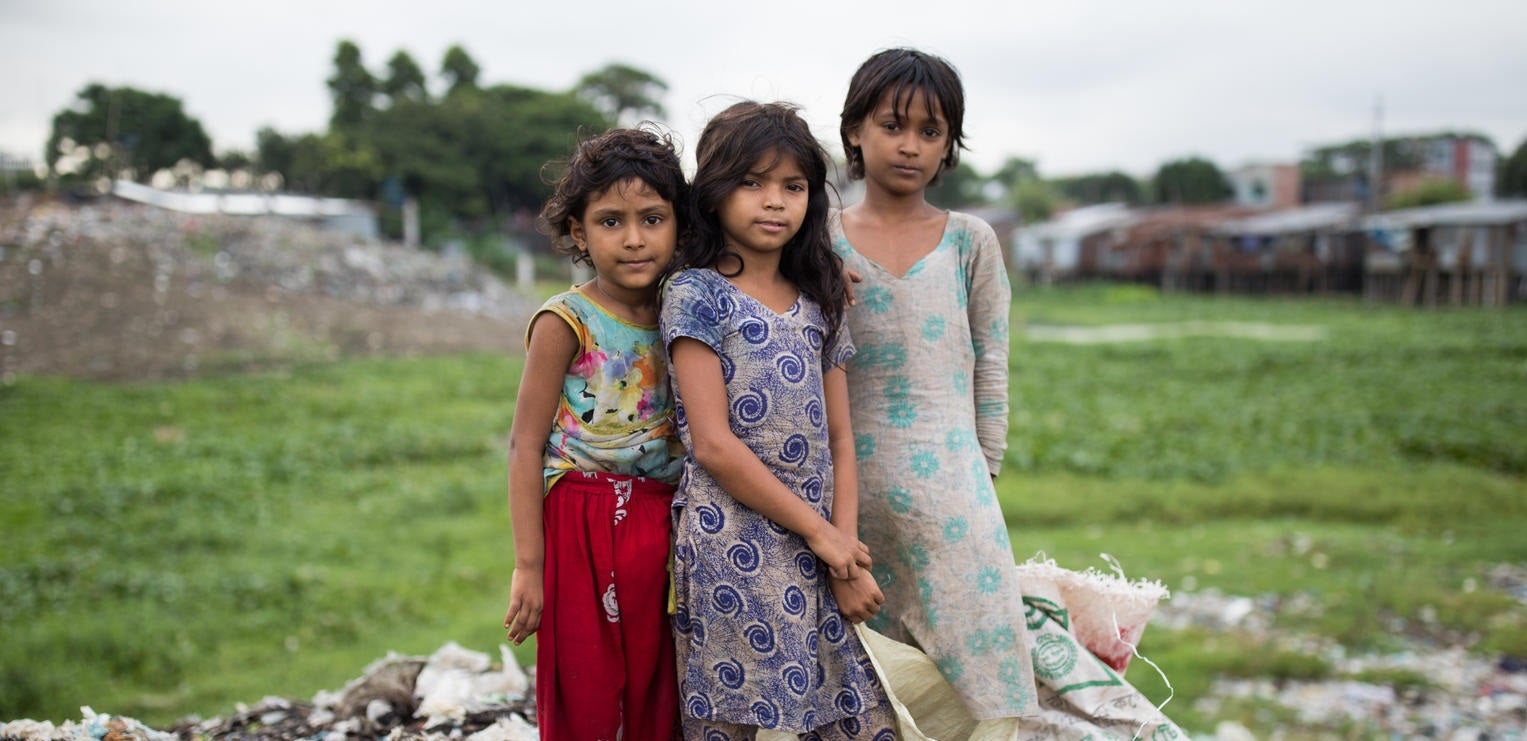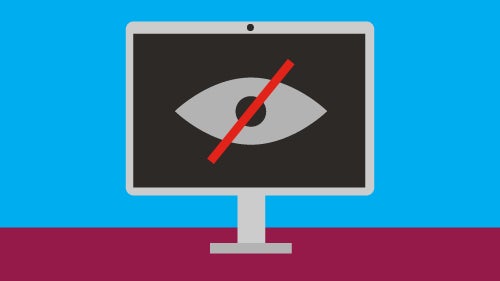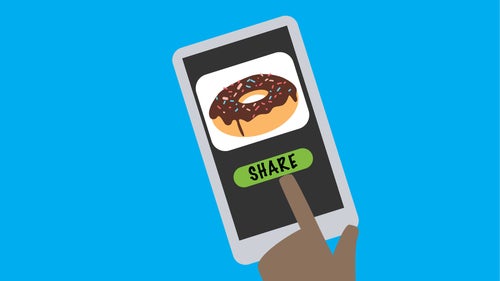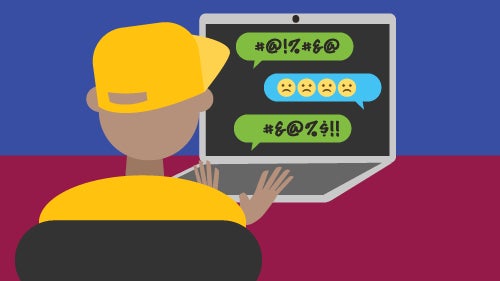What are deepfakes?
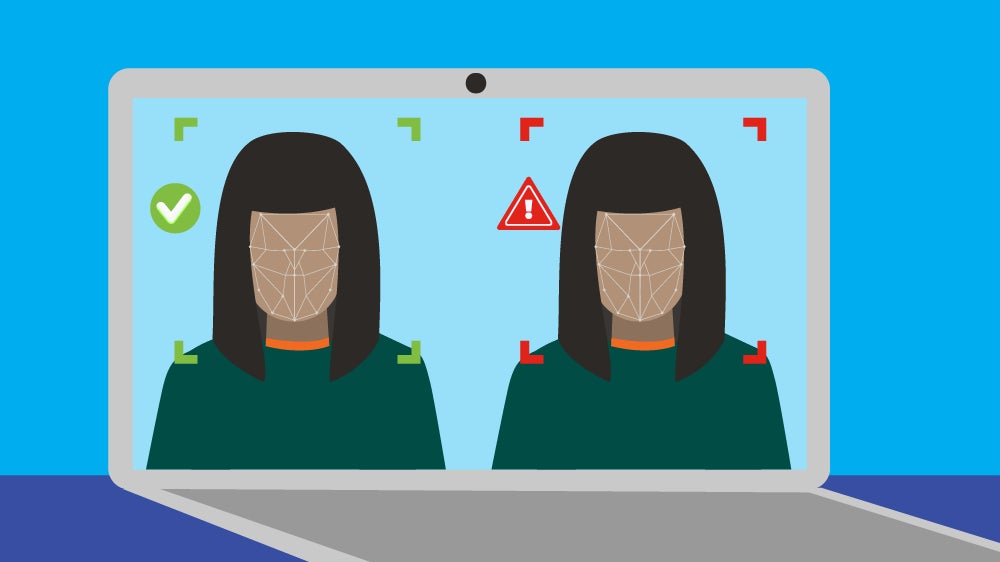
A deepfake is a photo, video, or audio clip that looks and sounds like a real person, but it's actually been edited to show them doing or saying something they never did or would.
They are made using AI software that uses lots of pictures or recordings of the person to create the fake content. Sometimes, they can be fun and creative, but deepfakes can also be very harmful. They can be used to spread false information or trick people and can also be extremely harmful to the person whose image or voice has been used.
Learn more about deepfakes and how to spot them from our friends at BTN
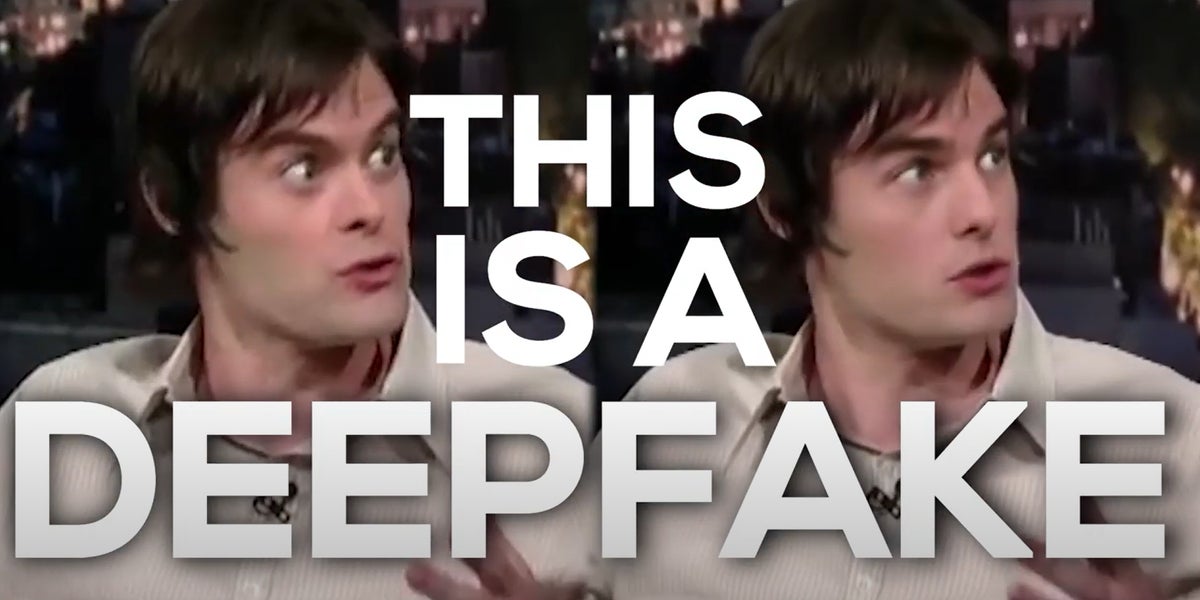
Deepfakes explained
Misinformation vs Disinformation, what’s the difference?
Misinformation is false or misleading information that is shared by people who believe it to be true.
Disinformation is deliberately false information or biased information, like propaganda, to change facts so that people will behave in a certain.
For example, we tend to see a lot of mis/disinformation during political elections. Both mis/disinformation can be shared online through social media, family and friends, advertisements, in peer groups, or through search engines and AI.
What is fake news? You may have also heard the term ‘fake news’ before. It is the same as mis/disinformation, it is content that’s not true.
How can you tell if the news is real or fake?
Fake news can be tricky to spot because it can look real. When we believe something that isn’t true, it can affect our thoughts and actions. It can also spread mis/disinformation to other people.
There is a lot of fake news and mis/disinformation on the internet, so it’s good to question things. Don’t rush to believe something without checking it first. Here are the red flags to watch out for:
- Check if the news comes from a trusted source, such as a well-known website or newspaper. It may not be true if it has come from a random website or social media account.
- See if other reliable news sources are reporting the same information. If only one place is talking about it, and nobody else is, then it might not be true.
- If it seems like they are trying to push a specific point of view without giving all the facts, then it could potentially not be true.
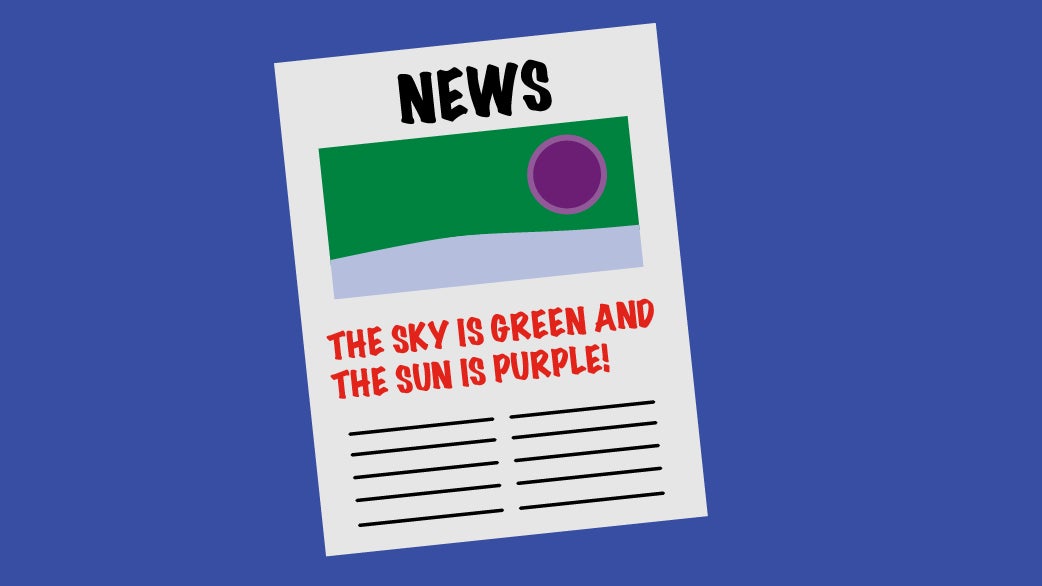
How to spot a fake photo or video
With AI-generated tools readily available and evolving rapidly, spotting fake images and videos is becoming much harder. But when in doubt, and with a little investigation, you can pick what is and isn’t real. Here’s how:
- Look at the source of the image. Are they reliable? If it has come from a random website or social media account you have never heard of, that is a red flag.
- Do a reverse search on Google Images to see where else the image has been used, and if there are similar images, look for alterations.
- Look carefully at the background – look for distortions in hands, teeth and text. Look for details that don’t fit the image's focus point.
What to do when mis/disinformation is shared with you?
Everyone has the right to access accurate information, so it’s important to know what to do if mis/disinformation is shared with you. You might feel like you have to agree with or not challenge false information shared by friends, family, or even strangers online. Sometimes, it’s better not to get involved, especially if it puts you in danger. If you see mis/disinformation on social media, you might be able to report it anonymously. But, if you're unsure about something you see online, talk to a parent, carer, or trusted adult.
Where to go for help or advice
If you have been impacted by deepfakes, the first step is to tell a parent or caregiver so that they can help you navigate what to do next. For guidance and support, contact eSafety for more information and resources.


